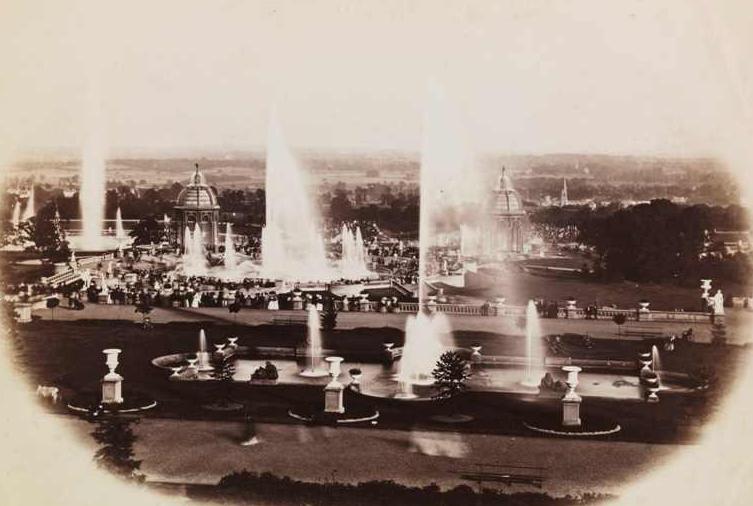- Snowdon: A Life in View, NPG
- Colour, Light, Texture: Portraits by Matthew Smith and Frank Dobson, NPG
- Henry Tonks: Studies of the Artist, NPG
- Artists and Sitters: 1960-2000, NPG
- Face to Face: British Prints from the Clifford Chance Collection, Sir John Soane’s Museum
- Hogarth’s London, Cartoon Museum
- Chris Stein/Negative: Me, Blondie, and The Advent … Continue Reading ››
Monthly Archives: February 2015
Drawn by Light…back to the Thames

